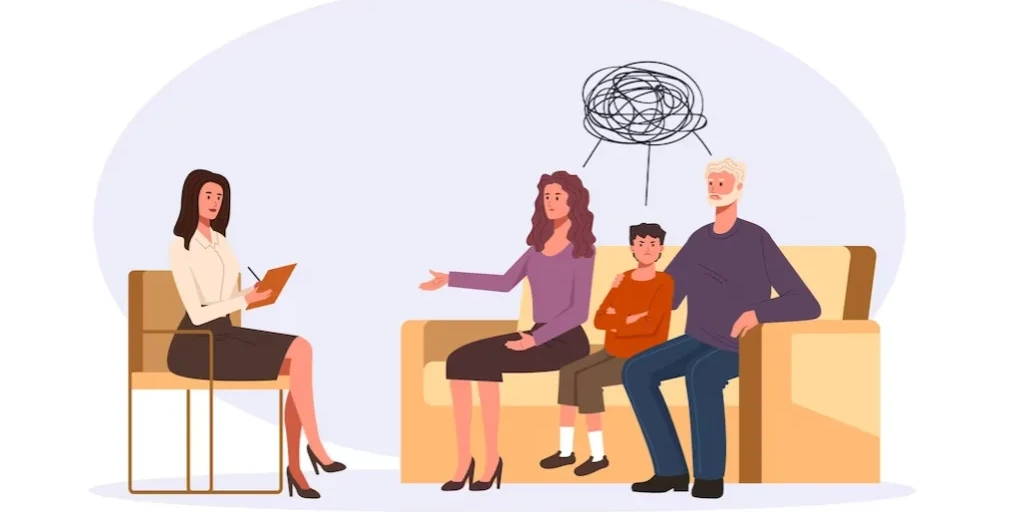24/7 Helpline:
(866) 899-221924/7 Helpline:
(866) 899-2219
Learn more about Substance Abuse Treatment centers in Lawnside
Substance Abuse Treatment in Other Cities

Other Insurance Options

Optima

Oxford

Access to Recovery (ATR) Voucher

AllWell

Multiplan

Meritain

EmblemHealth

BHS | Behavioral Health Systems

WellCare Health Plans

State Farm

Health Partners

Kaiser Permanente

WellPoint
Beacon

Regence

Humana

Absolute Total Care

Evernorth

Highmark

Private insurance
















